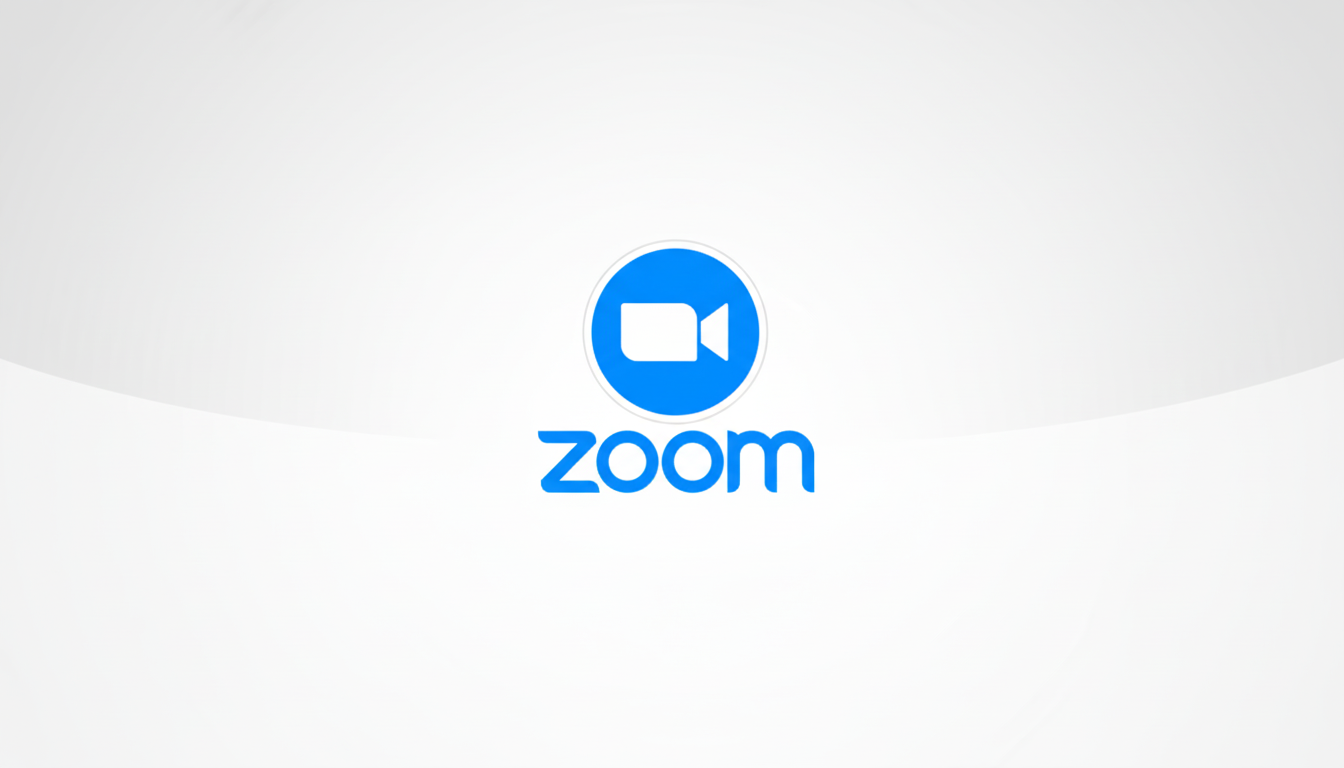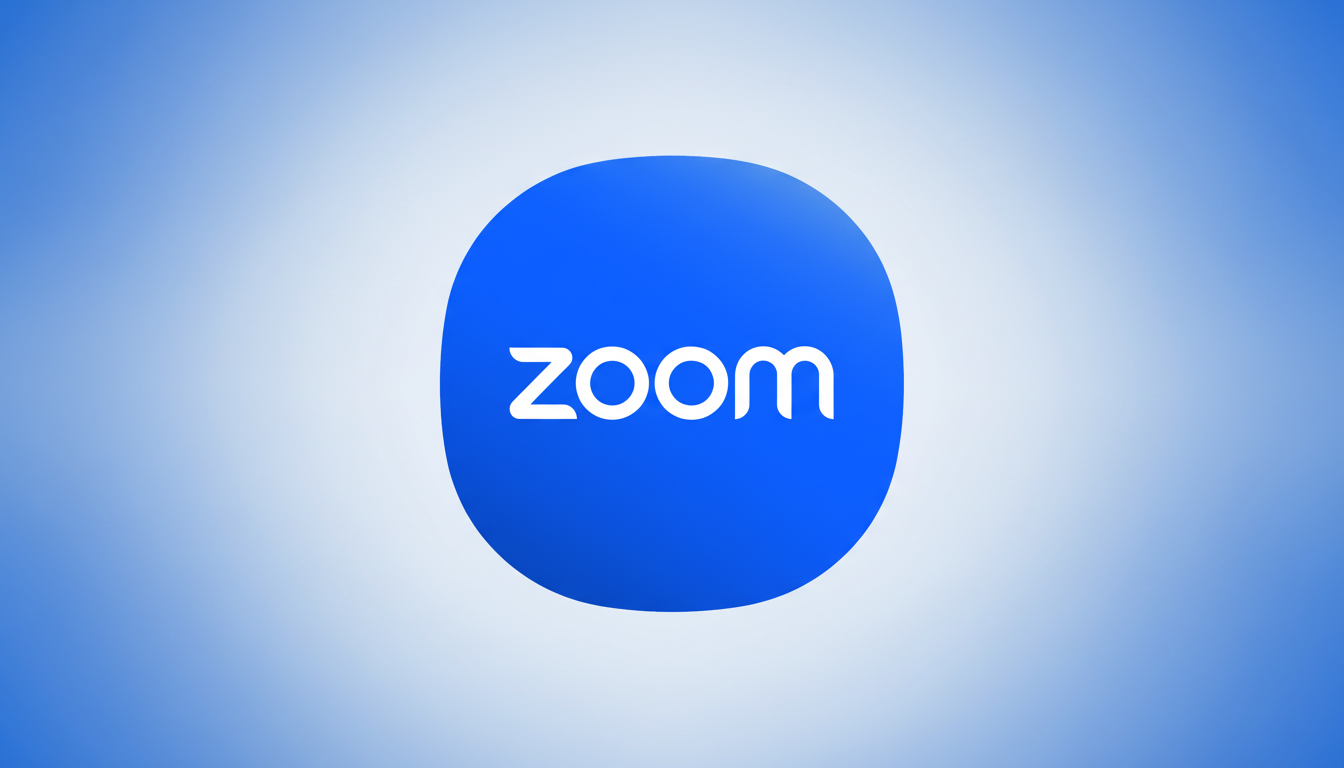Eric Yuan, the chief executive of Zoom, believes artificial intelligence will create a new era of how we work — but it also may help determine what’s next. In recent public remarks, he sketched out a near-future vision in which AI “companions” take on repetitive digital drudgery throughout the scope of communications and collaboration functions, enabling a three- or four-day workweek within five years.
Yuan has been a particularly visible test case for this shift, even throwing up his own AI avatar during an investor call to show how synthetic stand-ins might represent us in some settings. His basic argument is simple: If AI can help triage communications, summarize meetings, draft documents and pre-negotiate boilerplate, many knowledge tasks will compress — offering people the chance to do higher-value work in fewer days.

How AI Companions Could Act as Powerful Work Multipliers
Yuan is also looking past just transcription and meeting summaries. He portrays “digital twins” that may participate in early-stage conversations, swap drafts and hammer out routine disagreements before actual humans step in for a final decision. Call it a pre-meeting that actually results in action — not just an agenda.
Inside Zoom’s own product suite, that could entail employing AI to prioritize inboxes, flag important stakeholder messages, draft concise briefs ahead of calls and fill whiteboards and docs with context gleaned from ancillary projects. The goal is not novelty — it’s cycle-time reduction: less time to the same result, or a better one.
Here’s where Zoom goes head-to-head with incumbents like Microsoft and Google, who are already building assistants into calendars, mail, chat products and content creation. Zoom’s differentiator could be live collaboration by way of avatar-mediated interactions, aimed at negotiation and decision-making, not merely drafting.
The Productivity Math Behind a Shorter, More Efficient Week
There is increasing evidence that generative AIs can condense common knowledge tasks. A Stanford and MIT working paper on customer support found that AI increased the productivity of agents by an average of 14%, with more experienced workers benefiting the least. And in an MIT study of writing-related tasks, participants were able to generate outputs 37% faster with better outcomes when they had the help of generative models.
On the macro level, McKinsey projects that generative AI could automate job tasks representing 60–70% of employees’ time in some positions, especially information-synthesis-based roles. In the meantime, 70% of people would hand over as much work as possible to artificial intelligence, Microsoft’s Work Trend Index showed in a report on work expectations, even though many are still very worried about job effects.
Translate those numbers into the reality of a workweek and a pattern begins to emerge: If AI consistently saves minutes on hundreds of small tasks — notes, follow-ups, first drafts or set action lists — the total accumulates by days. The key appears to be consistency and trust: The assistants must be reliable enough that humans no longer instinctively want to double-check every step.

Lessons for a Four-Day Week From Real Pilots
The four-day week has already had test runs that haven’t received the full AI dose. In the UK pilot in 2021, which was organized by 4 Day Week Global, most participating companies (again, high-profile ones) had stable or increased productivity, and 92% of them decided to keep the schedule after trying it. Employers reported better retention, less burnout and at least as high or higher revenue.
AI might be the missing system that makes those gains lasting at scale: An automated status update, a summary report created from a call recording and no scheduling friction can defend the extra day off from “shadow work” creep. The litmus test will be if these tools drive throughput that can be measured while maintaining quality and compliance.
What Might Get in the Way of a Shorter AI-Enabled Workweek
There are real caveats. Productivity gains won’t happen evenly across sectors — roles like healthcare workers, logistics personnel and frontline staff can only compress hours so much, compared with a software engineer or a marketing professional. Hallucinations and other small errors still sometimes happen, raising the risk of mistakes that can have legal and reputational consequences when AI is used to draft contracts or emails. Data governance, privacy and audit trails need to be architected in from day one.
There’s also the human factor. Managers require new norms for when a digital twin can show up, what qualifies as approval and how to attribute decisions. Labor policies and incentives also matter — if output goes up but expectations race ahead, hours may not fall. The result is a function of leadership and measurement, not technology alone.
Why Eric Yuan’s AI Bet Matters for Zoom’s Future Strategy
Yuan’s timeline is ambitious but strategic. If AI helpers become the default layer for meeting, messaging and documents, networks that orchestrate high-trust workflows will own the work graph. For Zoom, we see its success hanging on making assistants accurate, explainable and cross-app — so you quit a call with a new summary that updates a doc, not just a chat thread.
But, in that world, the killer metric is not minutes of meeting time but outcomes per person-day. If customers can demonstrate that AI-fueled collaboration delivers the same performance in four days as five, the workweek will shrink by preference, not decree. That is the future Yuan is betting on — and one that more than a few knowledge workers will be thrilled to have.

